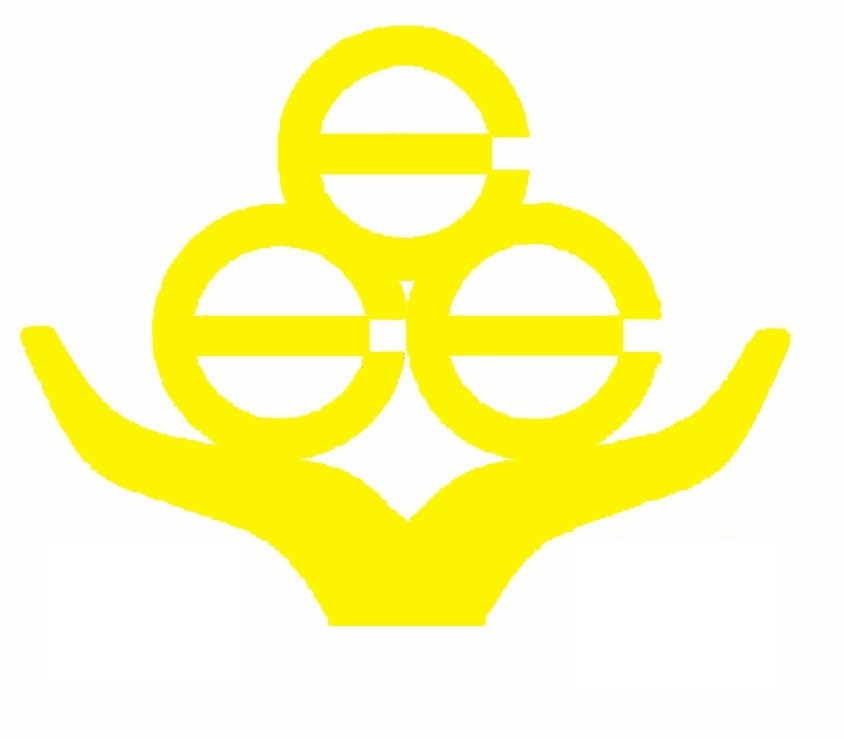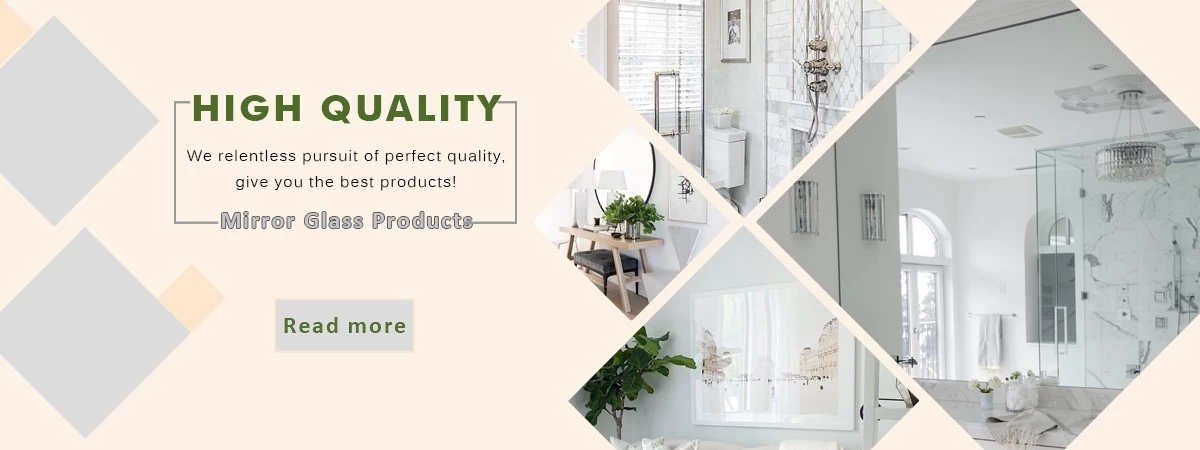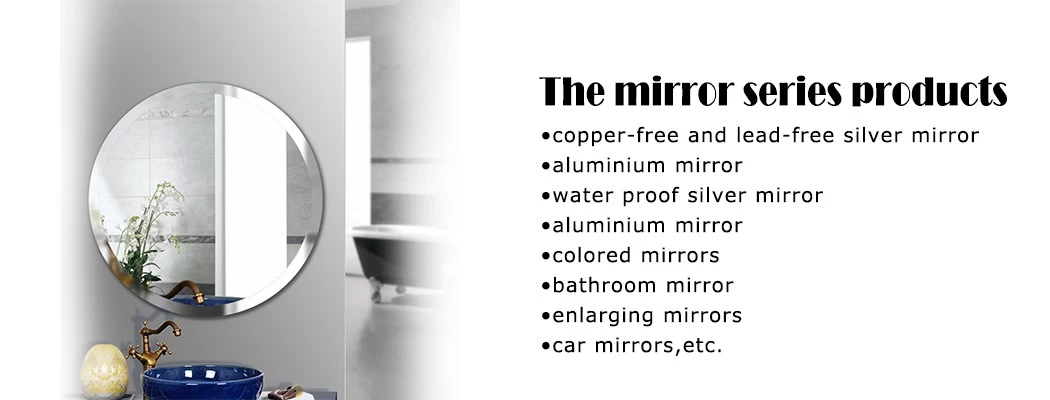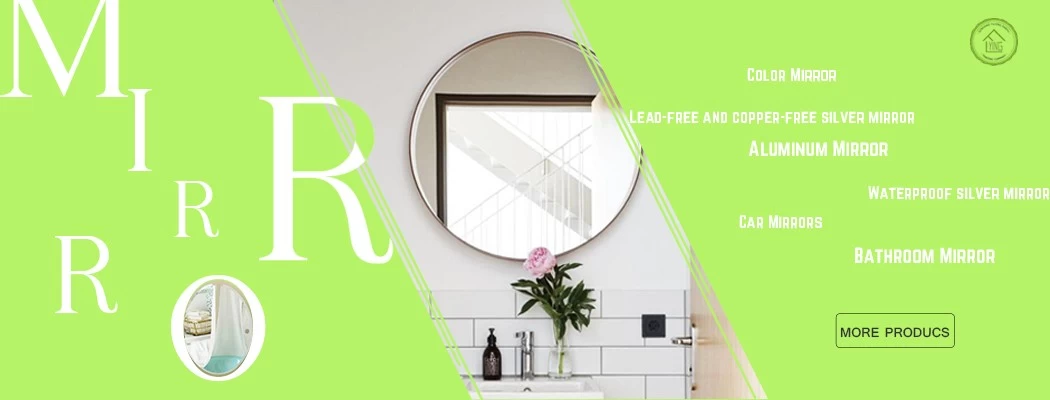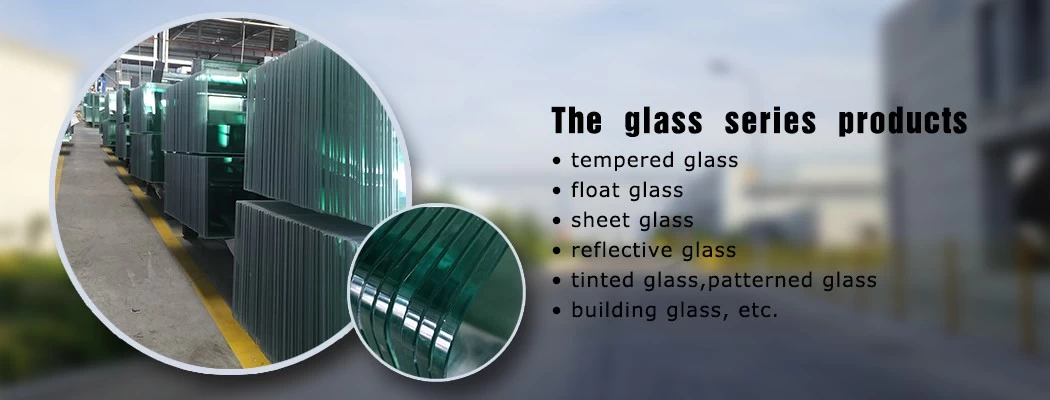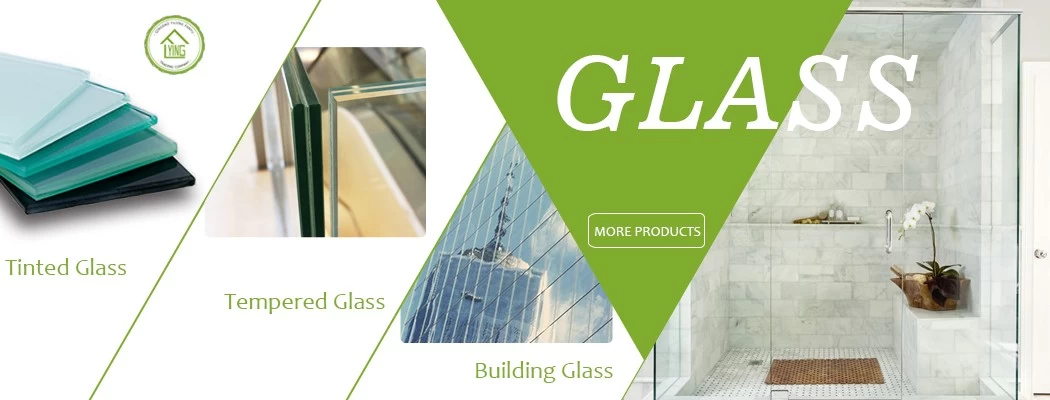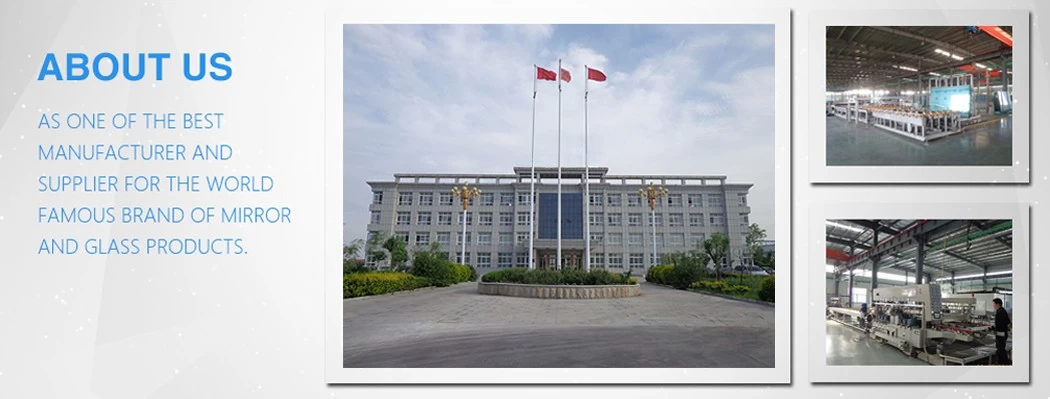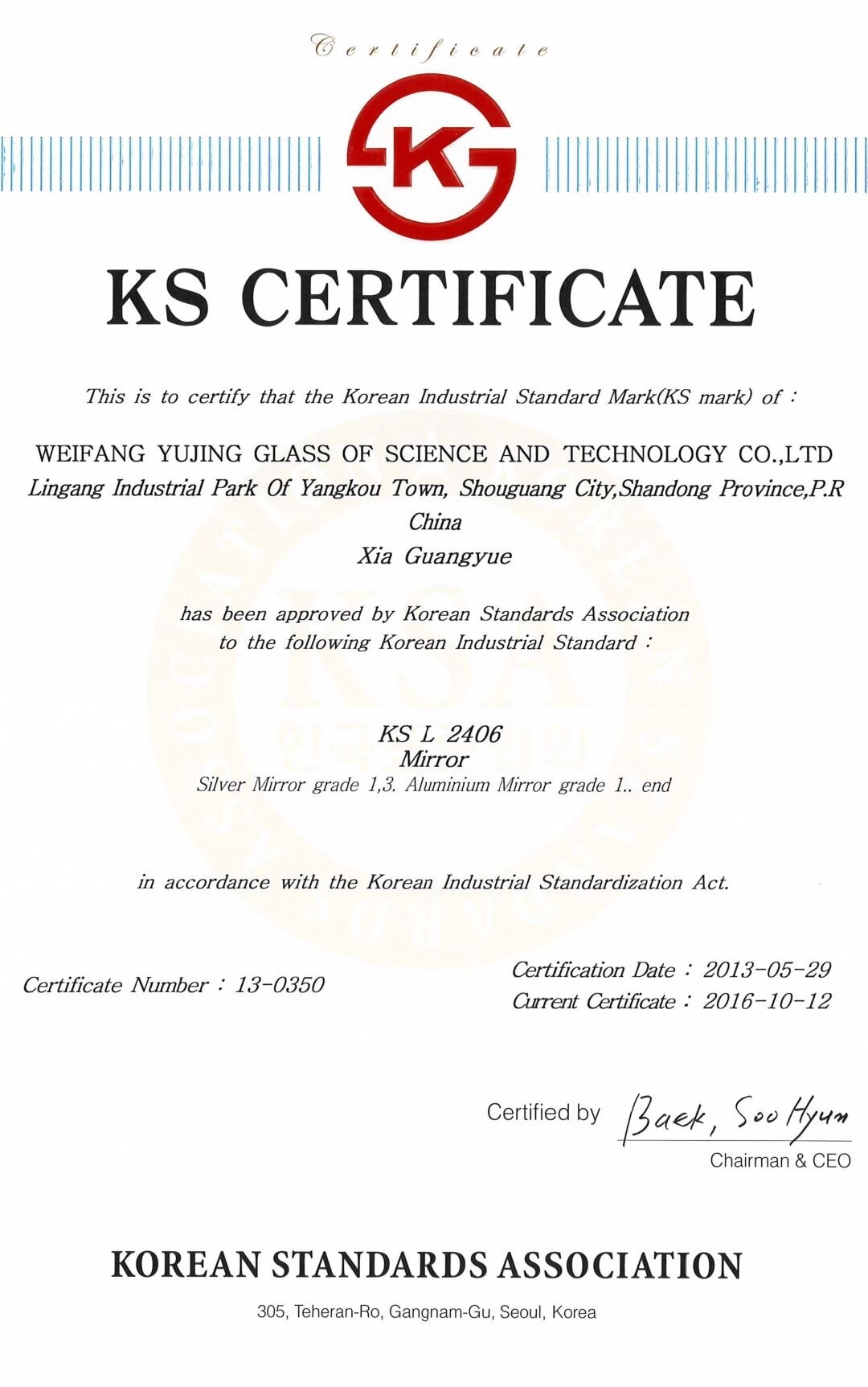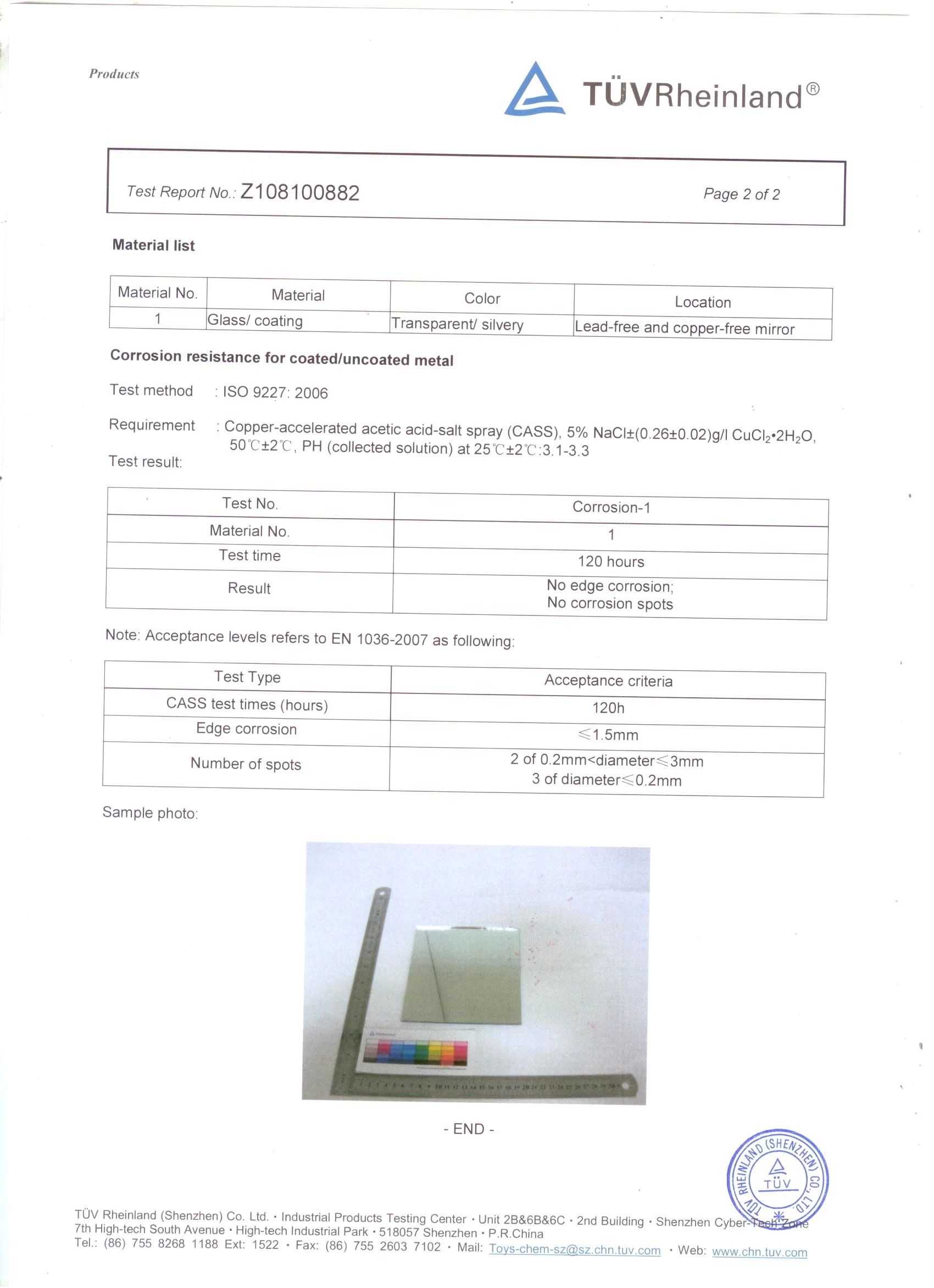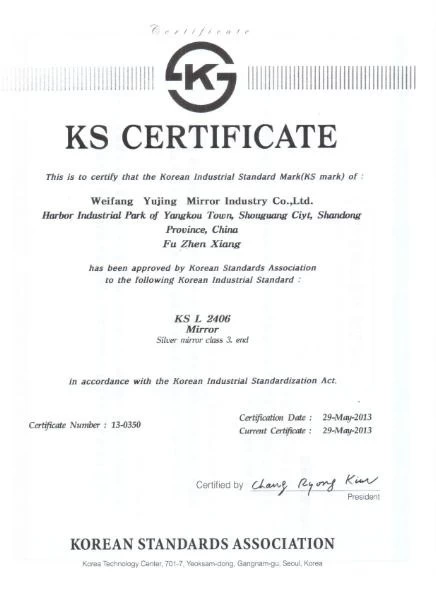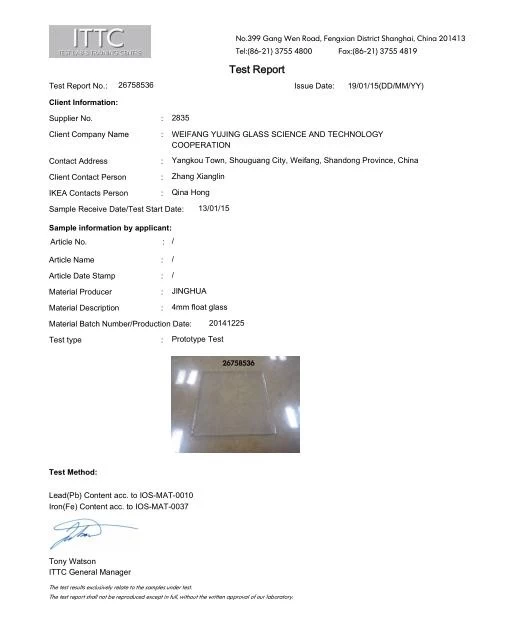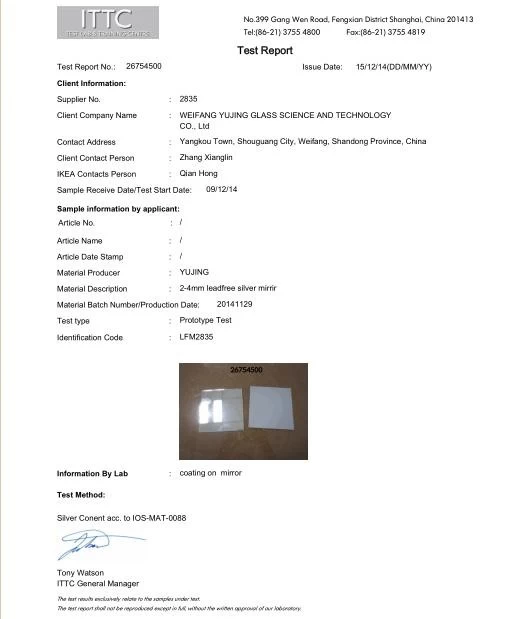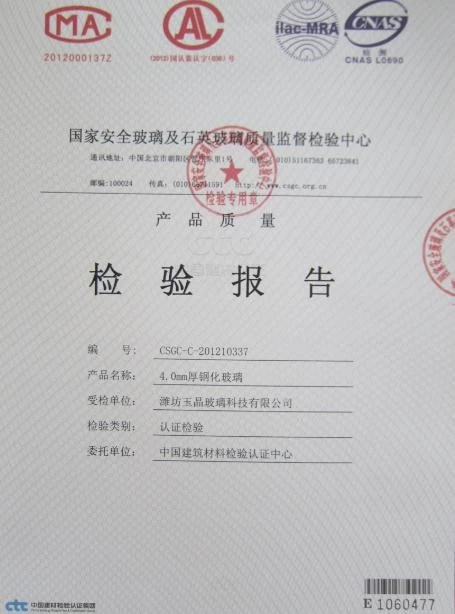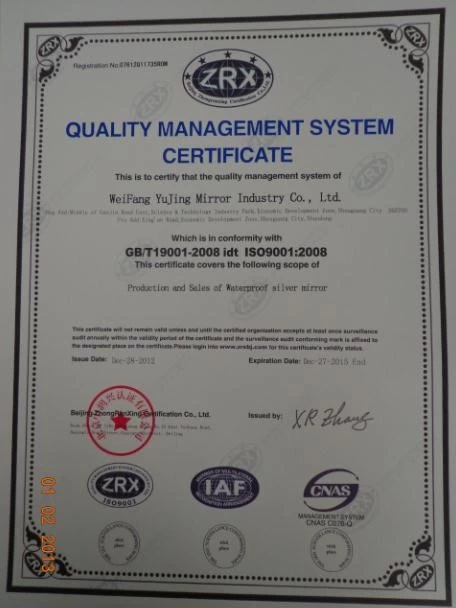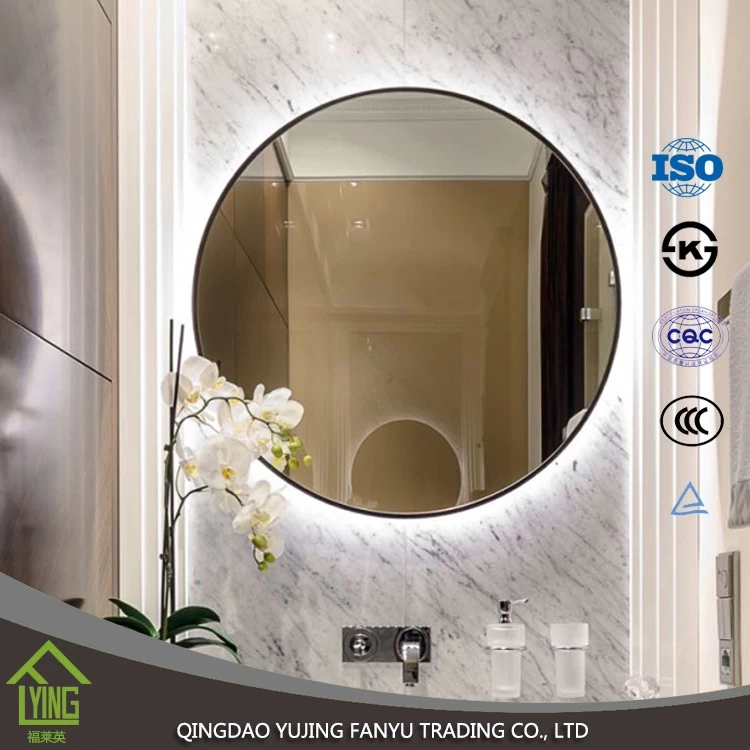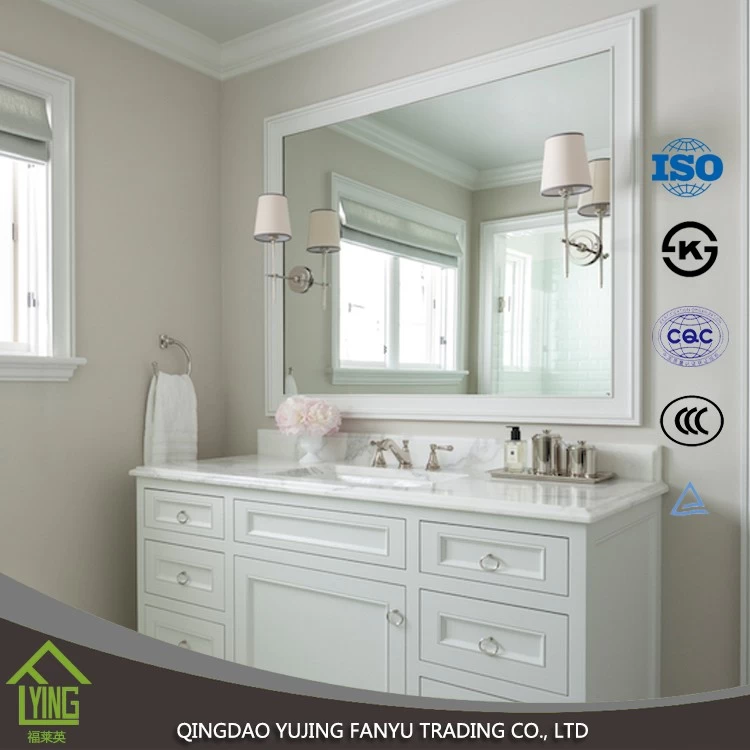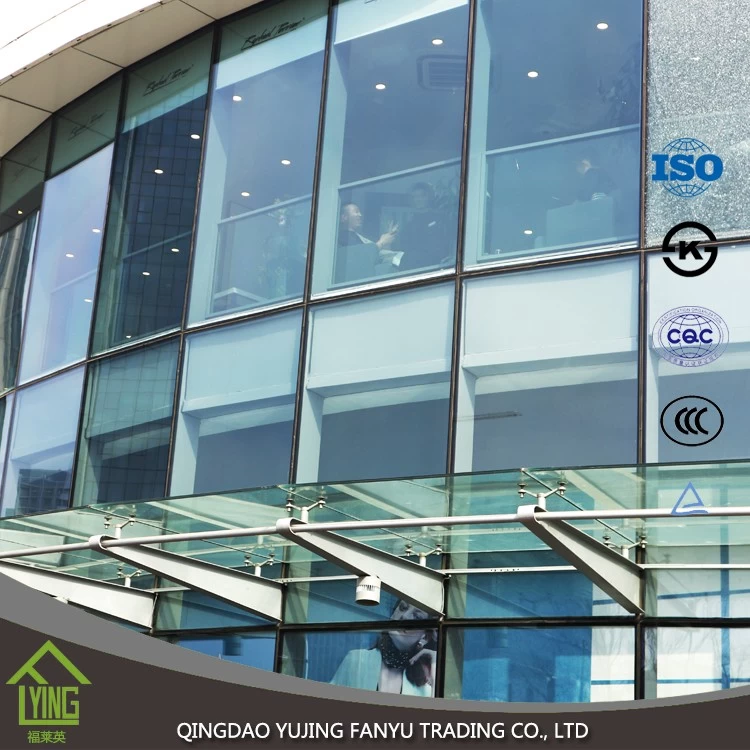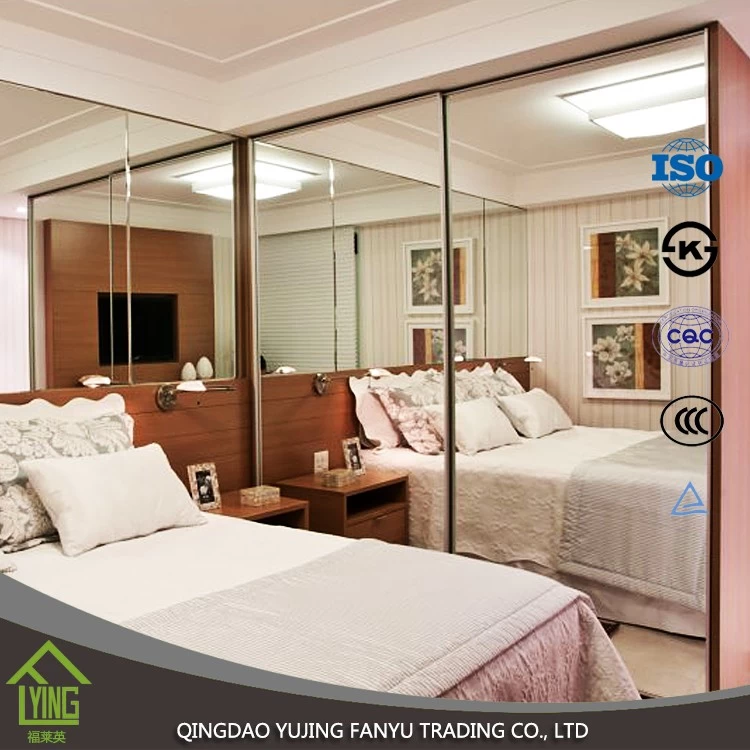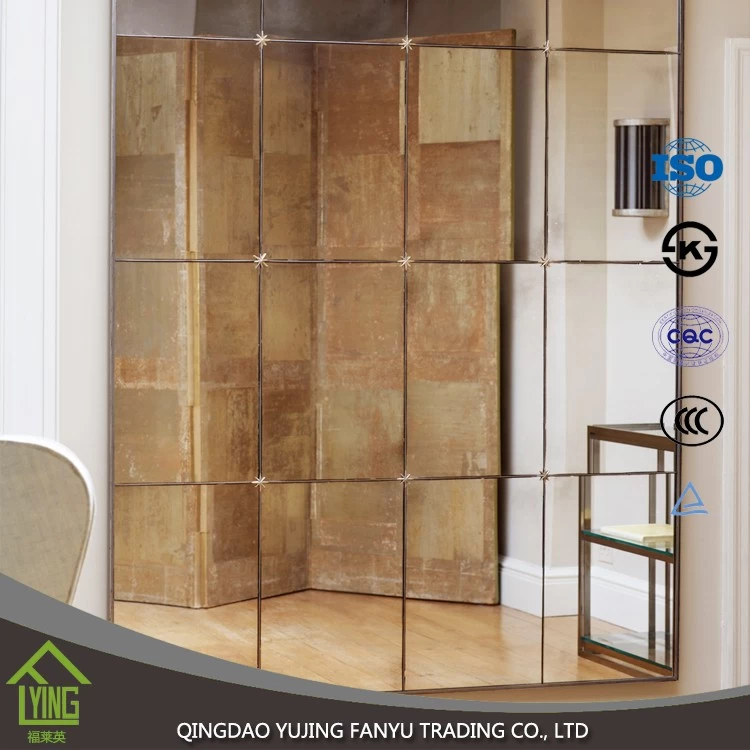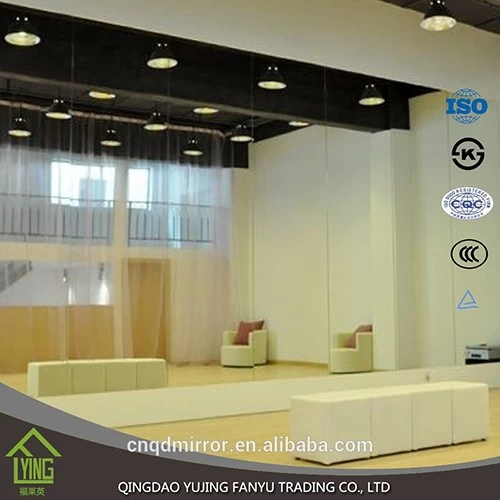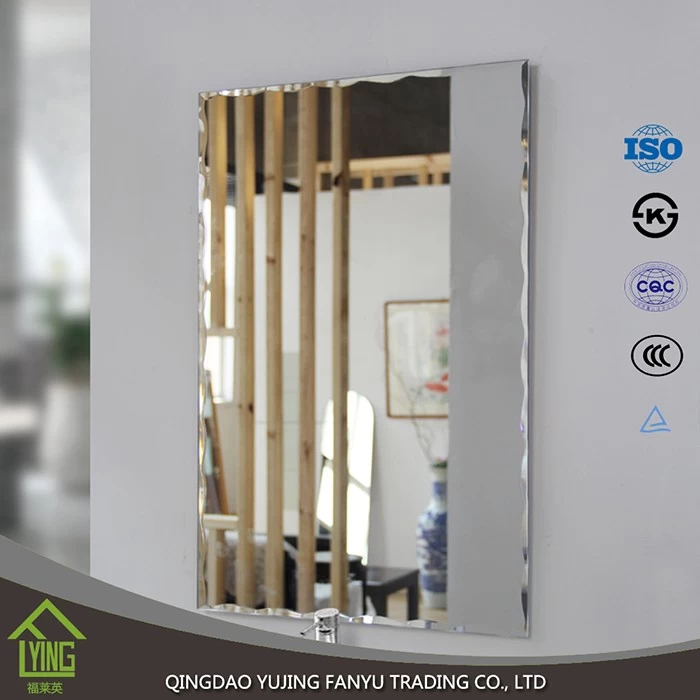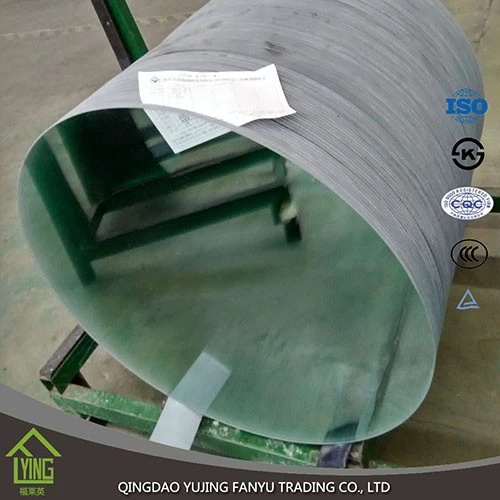How to realize "Winter warm summer cool" in low-e coated glass
Fanyu
www. glass. com. cn
2017-11-02 14:32:24
When it comes to energy conservation, first understand the source of heat. The main sources of heat in the environment are: Sunlight radiation (light) and far-infrared radiation (heat), glass energy-saving mainly around the two sources of heat.
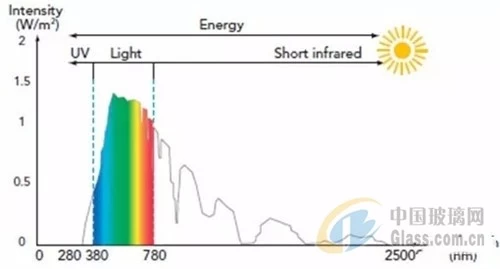
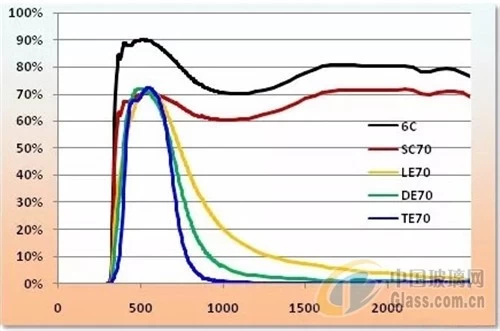
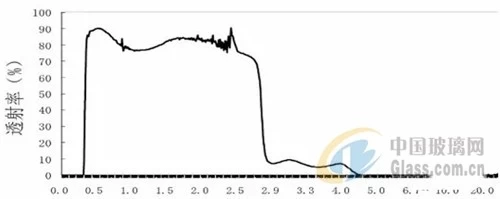

Figure 1 shows the solar spectrum energy distribution, in which ultraviolet (280-380nm) accounts for about 3% of the sun, and visible light (380-780nm) accounts for about 53% of the solar energy, and near infrared (780-2500nm) accounts for about 44% of the solar energy ratio. The summer heat-insulating object is the solar spectrum of the 280-2500nm range. Ultraviolet rays into the interior, will cause the aging of items; near infrared ray into the room, will only bring into the heat, increase air-conditioning load, energy-saving disadvantage; Indoor lighting requires visible light, and only a moderate amount of visible light is needed, and all visible light is not required, because visible light also contains heat. From the above analysis, glass to achieve summer heat insulation, must isolate ultraviolet and near infrared, only through the right amount of visible light.

Fig. 2 transmittance curve of white and low-e glass
and ordinary float white glass for the 280-2500nm of the solar spectrum, the basic is through, as shown in Fig. 2, the comprehensive transmittance of more than 80%, that is, solar energy more than 80% of all the heat into the room, so ordinary white glass does not save energy, can not achieve the role of insulation shading.
In Fig. 2, the transmittance curve of different low-e coated glass is also shown, and in order to be more scientific comparison, the visible light transmittance is 70%, and the transmittance difference in the near infrared (780-2500nm) is compared. From the figure 2 can be very intuitive to see the low-e coated glass energy-saving principle, that is, to ensure visible light transmittance under the premise of a large reduction of near-infrared penetration, reflection of most infrared. Among them, the average white glass SC70 near infrared through about 80%, Tamban LE70 near-infrared through about 30%, the silver DE70 through about 10%, three silver TE70 near-infrared through about 3%. In particular, three silver-low-e coated glass, almost completely isolated near infrared, ultraviolet rays also have a certain degree of isolation, and only let visible light through. Light transmittance can be adjusted according to different lighting requirements. Therefore, low-e coated glass can perfect the summer heat insulation, reduce the heat into the room, and then reduce air-conditioning load, play the "summer cool" effect.
For winter insulation, the main way is not to let the heat generated by indoor heating "escape." For Glass, one way is to reduce the heat transfer coefficient through the hollow structure, and the other way is to reflect the infrared radiation of the indoor heat from the low-e film of the glass surface back indoors. Since any temperature object produces thermal radiation, the radiant heat is transmitted in the form of a far-infrared (wavelength greater than 2.5μm). As shown in Fig. 3, the transmittance of the ordinary white glass in the Cosco infrared band is very low, mainly absorbed. The emissivity of the ordinary white glass is 0.84, that is, about 84% of the Cosco infrared heat is absorbed. The low-e glass means that the radiation rate is usually less than 0.15, the best three silver-low-e glass radiation rate can be lower to 0.01, that is, as long as about 1% of the infrared heat is absorbed, most of the infrared is reflected back indoors. So the indoor heat does not escape, and then play the "winter warm" effect.
and ordinary float white glass for the 280-2500nm of the solar spectrum, the basic is through, as shown in Fig. 2, the comprehensive transmittance of more than 80%, that is, solar energy more than 80% of all the heat into the room, so ordinary white glass does not save energy, can not achieve the role of insulation shading.
In Fig. 2, the transmittance curve of different low-e coated glass is also shown, and in order to be more scientific comparison, the visible light transmittance is 70%, and the transmittance difference in the near infrared (780-2500nm) is compared. From the figure 2 can be very intuitive to see the low-e coated glass energy-saving principle, that is, to ensure visible light transmittance under the premise of a large reduction of near-infrared penetration, reflection of most infrared. Among them, the average white glass SC70 near infrared through about 80%, Tamban LE70 near-infrared through about 30%, the silver DE70 through about 10%, three silver TE70 near-infrared through about 3%. In particular, three silver-low-e coated glass, almost completely isolated near infrared, ultraviolet rays also have a certain degree of isolation, and only let visible light through. Light transmittance can be adjusted according to different lighting requirements. Therefore, low-e coated glass can perfect the summer heat insulation, reduce the heat into the room, and then reduce air-conditioning load, play the "summer cool" effect.
For winter insulation, the main way is not to let the heat generated by indoor heating "escape." For Glass, one way is to reduce the heat transfer coefficient through the hollow structure, and the other way is to reflect the infrared radiation of the indoor heat from the low-e film of the glass surface back indoors. Since any temperature object produces thermal radiation, the radiant heat is transmitted in the form of a far-infrared (wavelength greater than 2.5μm). As shown in Fig. 3, the transmittance of the ordinary white glass in the Cosco infrared band is very low, mainly absorbed. The emissivity of the ordinary white glass is 0.84, that is, about 84% of the Cosco infrared heat is absorbed. The low-e glass means that the radiation rate is usually less than 0.15, the best three silver-low-e glass radiation rate can be lower to 0.01, that is, as long as about 1% of the infrared heat is absorbed, most of the infrared is reflected back indoors. So the indoor heat does not escape, and then play the "winter warm" effect.

Fig. 3 Full spectral transmittance curve of float white glass 6mm (μm)
About 50% of the energy consumption of buildings (mainly refrigeration and heating) is generated by the window enclosure structure, and the energy loss of the window enclosure structure is mainly through glass. Glass should not only play the effect of lighting, but also play the role of insulation and shading, through the above analysis, only through low-e film Glass can be achieved, really play the role of "Winter warm Summer cool".
About 50% of the energy consumption of buildings (mainly refrigeration and heating) is generated by the window enclosure structure, and the energy loss of the window enclosure structure is mainly through glass. Glass should not only play the effect of lighting, but also play the role of insulation and shading, through the above analysis, only through low-e film Glass can be achieved, really play the role of "Winter warm Summer cool".
